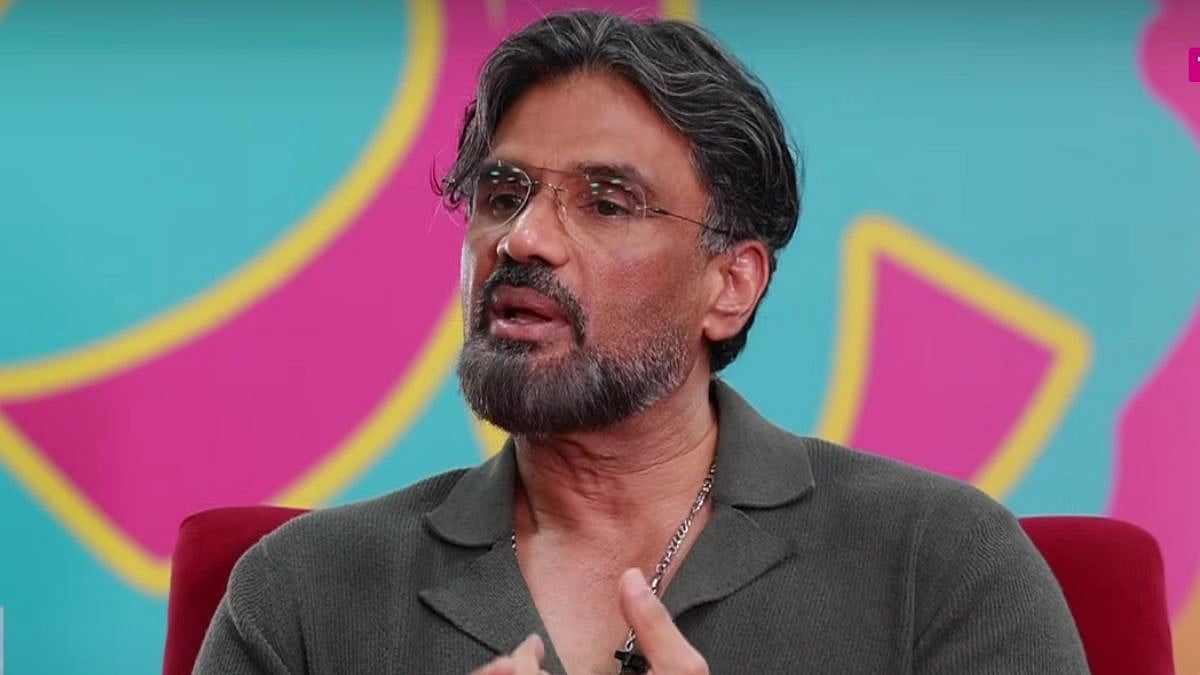India’s space ambitions faced a rare setback after the Indian Space Research Organisation’s (ISRO) trusted PSLV-C61 rocket failed just under seven minutes into flight on Sunday, aborting the mission to deploy the EOS-09 Earth observation satellite. The malfunction, believed to be linked to the rocket’s third stage, has led to the formation of a high-level inquiry committee to identify the root cause.
The failure occurred as the rocket was cruising at over 20,000 km/h, approximately 28 times faster than a commercial aircraft when it suddenly lost momentum mid-air, around 888 km from the launch site in Sriharikota, over the Indian Ocean.
Third-Stage Fault Suspected in Rare PSLV Failure
Preliminary investigations indicate a potential fault in the third-stage solid fuel motor, with ISRO Chairman V Narayanan citing a drop in chamber pressure as the likely trigger. As per reports, despite the failure, the fourth stage might have ignited, suggesting partial functionality post-glitch. Former ISRO chief G Madhavan Nair said in a statement that a rupture in the fibre casing of the third-stage motor carrying nearly eight tonnes of fuel, could be the culprit.
The PSLV, ISRO’s most dependable launcher with a 94% success rate and just four failures in 64 missions, has now been temporarily grounded. Internal review boards and a National Failure Analysis Committee, comprising experts from IISc and various IITs, are scrutinising telemetry data and system diagnostics.
GSLV Mission Remains on Track Amid Fallout
Despite the setback, ISRO is moving ahead with the scheduled launch of the GSLV F-16 between June 18 and July 17, with the ambitious NASA-ISRO NISAR satellite on board. Described as the world’s most expensive civilian Earth imaging satellite, NISAR is the result of a $1.5 billion India-US collaboration.
“Each rocket is like a child—if one falls, you don’t stop the village from walking,” a senior official told NDTV.









